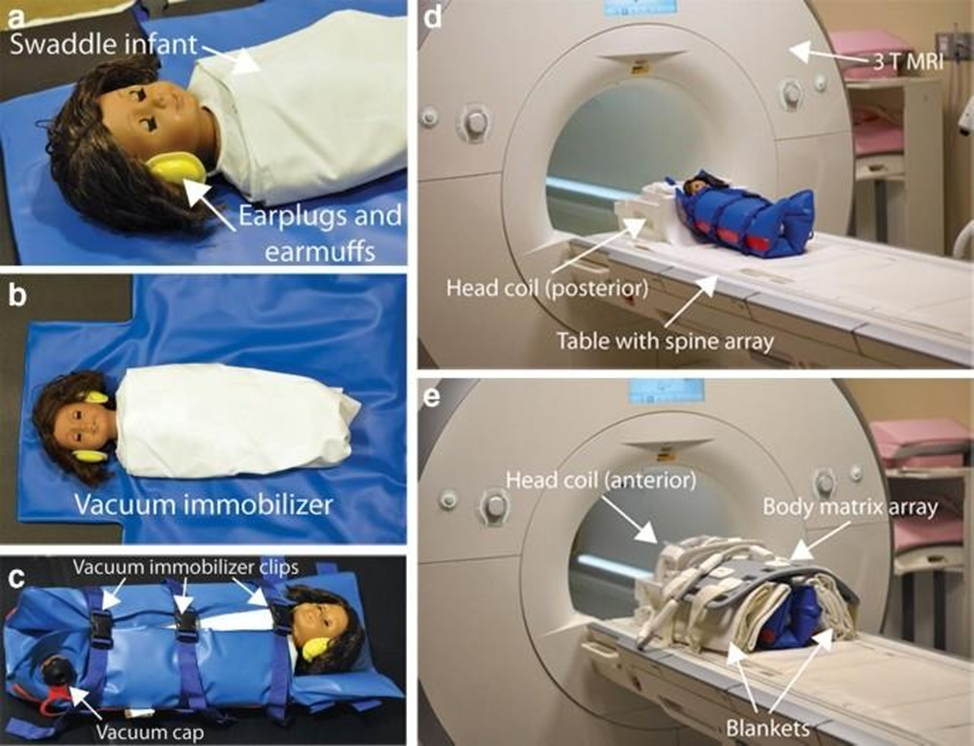Which information about the patient who had a subarachnoid hemorrhage is most important to communicate to the health care provider?
The patient reports having a stiff neck.
The cerebrospinal fluid (CSF) report shows red blood cells (RBCs).
The patient reports a severe and unrelenting headache.
The patient's blood pressure (BP) is 90/50 mm Hg
The Correct Answer is D
A. The patient reports having a stiff neck: While a stiff neck may indicate meningeal irritation, which can be associated with a subarachnoid hemorrhage, it is not as immediately concerning as hypotension, which can indicate hypovolemic shock or complications such as vasospasm.
B. The cerebrospinal fluid (CSF) report shows red blood cells (RBCs): The presence of red blood cells in the cerebrospinal fluid is expected in a subarachnoid hemorrhage and is an important diagnostic finding but may not require immediate intervention.
C. The patient reports a severe and unrelenting headache: While a severe and unrelenting headache is a common symptom of subarachnoid hemorrhage, it is not as urgent as addressing hypotension, which can indicate hemodynamic instability and compromise perfusion to vital organs.
D. The patient's blood pressure (BP) is 90/50 mm Hg: Hypotension in a patient with a subarachnoid hemorrhage can indicate hypovolemic shock, vasospasm, or other complications. It is important to communicate this finding promptly to the healthcare provider for further
evaluation and management.
Nursing Test Bank
Naxlex Comprehensive Predictor Exams
Related Questions
Correct Answer is C
Explanation
A. "An MRI scan is not distorted by movement, so you do not have to lie still." This statement is incorrect. Movement during an MRI scan can distort images and affect the quality of the diagnostic information obtained. Patients are typically instructed to lie as still as possible during the procedure.
B. "The MRI contrast dye contains iodine and can cause your skin to itch." This statement is incorrect. MRI contrast agents do not contain iodine and are not associated with itching.
However, some patients may experience allergic reactions to MRI contrast agents, but this is not related to iodine.
C. "An MRI scan is very noisy, and you will be allowed to wear earplugs while in the scanner." This statement is correct. MRI scanners produce loud noises during imaging, which can be bothersome to some patients. Patients are often provided with earplugs or headphones to help reduce the noise and make the experience more comfortable.

D. "An MRI scan is a short procedure and should take no longer than 30 minutes." This statement is incorrect. The duration of an MRI scan can vary depending on the type of imaging being performed and the specific protocol used. Some MRI scans may take longer than 30 minutes to complete.
Correct Answer is C
Explanation
A. Cardiac monitoring for bradycardia: While cardiac changes can occur with spinal cord injury, respiratory complications are more common and pose a greater immediate threat to the patient's well-being. Therefore, assessing respiratory status takes priority over cardiac monitoring in this situation.
B. Administration of low-molecular-weight heparin: Venous thromboembolism prophylaxis is important for patients with spinal cord injury, but it is not the highest priority within the first 16 hours of admission. Respiratory assessment is more critical for immediate patient safety.
C. Assessment of respiratory rate and effort: Respiratory complications, such as impaired breathing or respiratory failure, are common in patients with spinal cord injury, particularly at the C5 level, which affects the diaphragm and intercostal muscles. Early detection of respiratory distress is crucial for timely intervention to prevent respiratory compromise.
D. Application of pneumatic compression devices to legs: Pneumatic compression devices are used for preventing venous thromboembolism, but they do not address the immediate priority of assessing and managing respiratory status in a patient with spinal cord injury.
Whether you are a student looking to ace your exams or a practicing nurse seeking to enhance your expertise , our nursing education contents will empower you with the confidence and competence to make a difference in the lives of patients and become a respected leader in the healthcare field.
Visit Naxlex, invest in your future and unlock endless possibilities with our unparalleled nursing education contents today
Report Wrong Answer on the Current Question
Do you disagree with the answer? If yes, what is your expected answer? Explain.
Kindly be descriptive with the issue you are facing.
